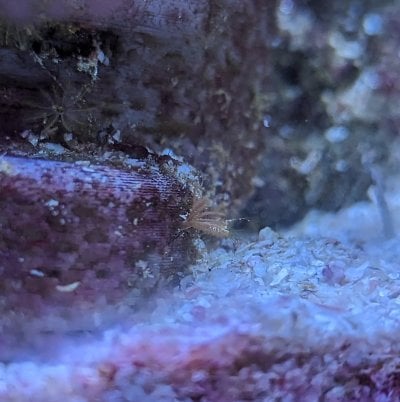Curious if others would consider buying 3D printed rock with actual porous internals where those pores could be sized based on best for harboring bacterial colonies without clogging as biofilm develops. Considering all the shapes made today including small boats this could also mean each can design their own interlocking hard scape plus it would weight considerably less, self sustaining without putting pressure on natural reefs and could also be placed at sea to grow diversified bacterial colonies and other life.
Guessing it could be done with different colors to the point one couldn’t distinguish it from the real item. Seen artificial reefs in restaurant tanks for decades. Always wondered why not just add that similar to base and let it developed but as any who’ve used dry rock know. That dry base not the best approach. Yet now we throw rocks in the ocean to be harvest down the road. Why not 3D formed in better shapes? At a minimum. Can be inoculated at home with some actual mariculture live rock or rubble yet I dread the day I’m going to have handle actual live rock which will be inconvenient at best in larger sizes and requires a filled tank.
Guessing it could be done with different colors to the point one couldn’t distinguish it from the real item. Seen artificial reefs in restaurant tanks for decades. Always wondered why not just add that similar to base and let it developed but as any who’ve used dry rock know. That dry base not the best approach. Yet now we throw rocks in the ocean to be harvest down the road. Why not 3D formed in better shapes? At a minimum. Can be inoculated at home with some actual mariculture live rock or rubble yet I dread the day I’m going to have handle actual live rock which will be inconvenient at best in larger sizes and requires a filled tank.




















